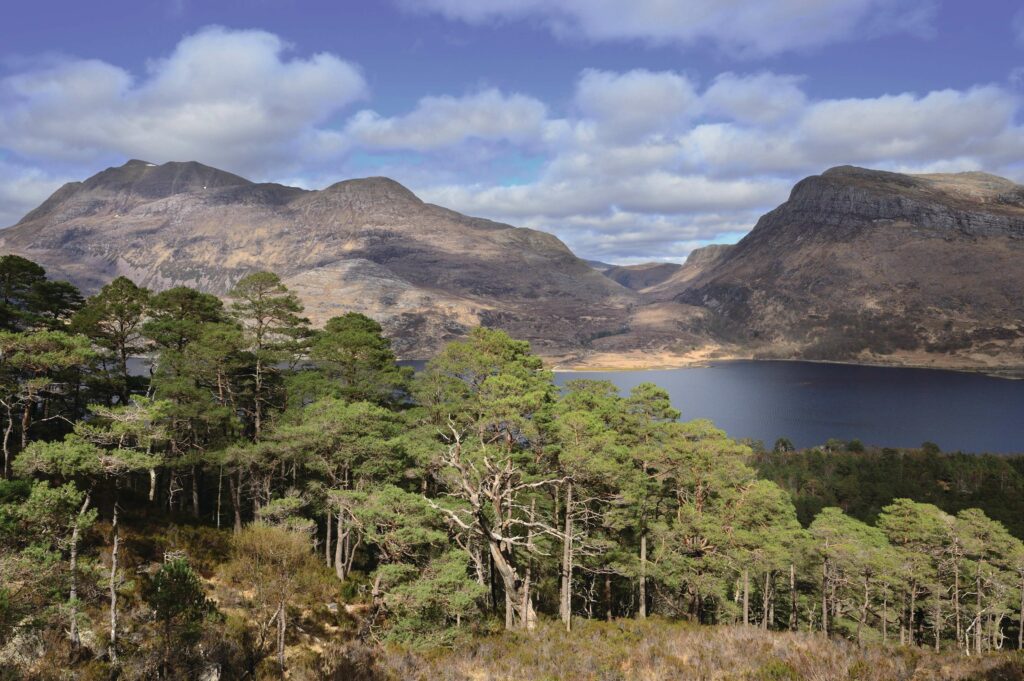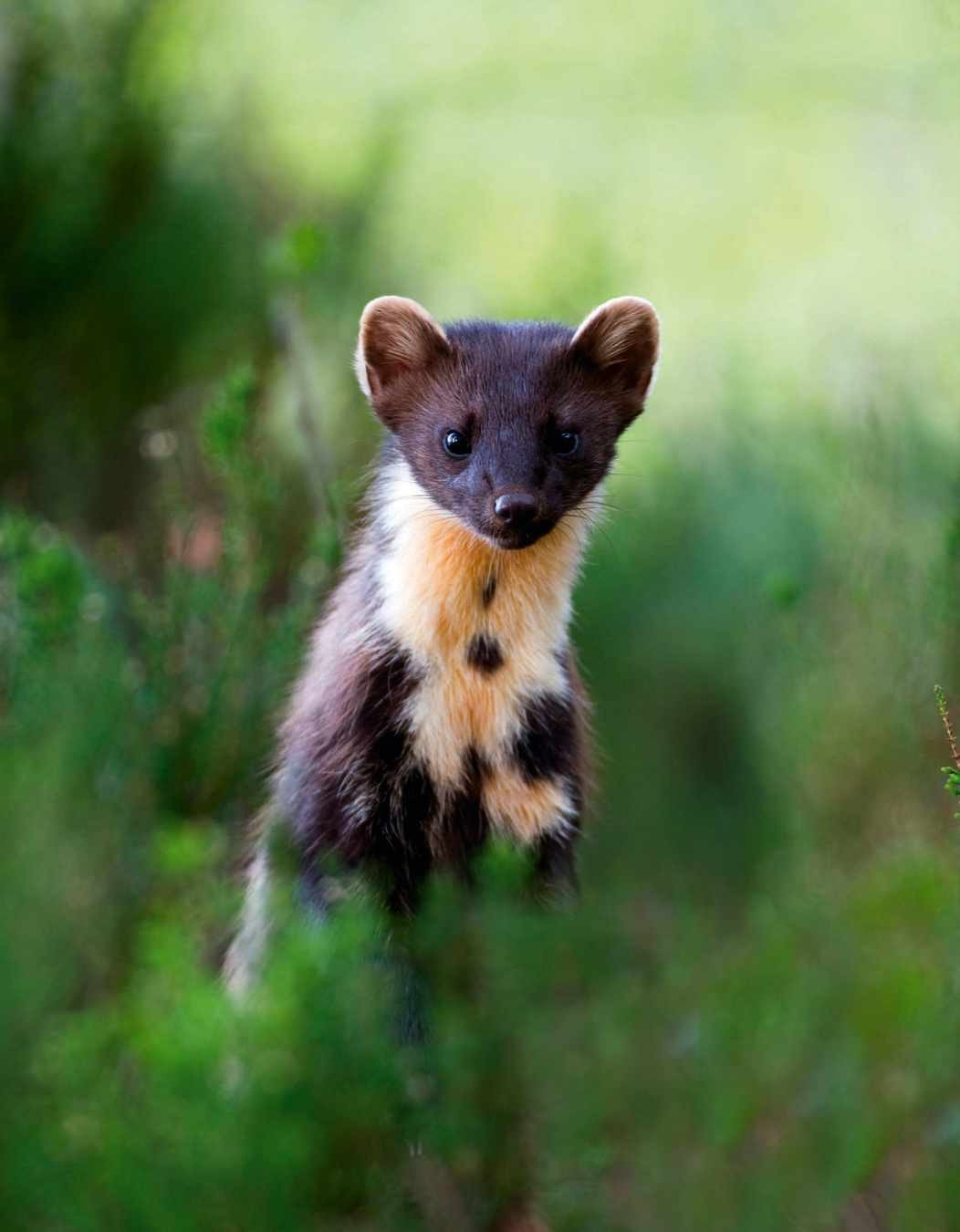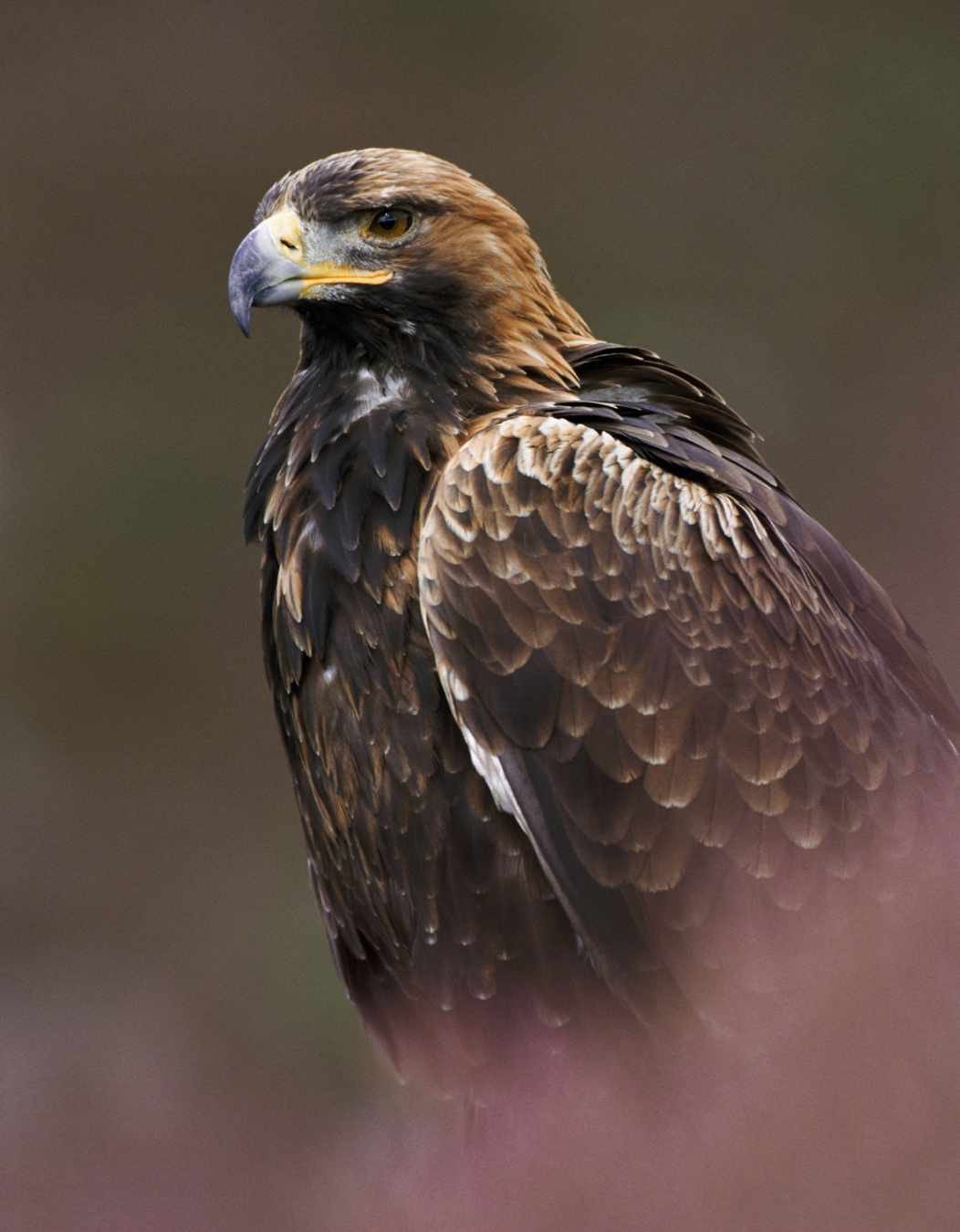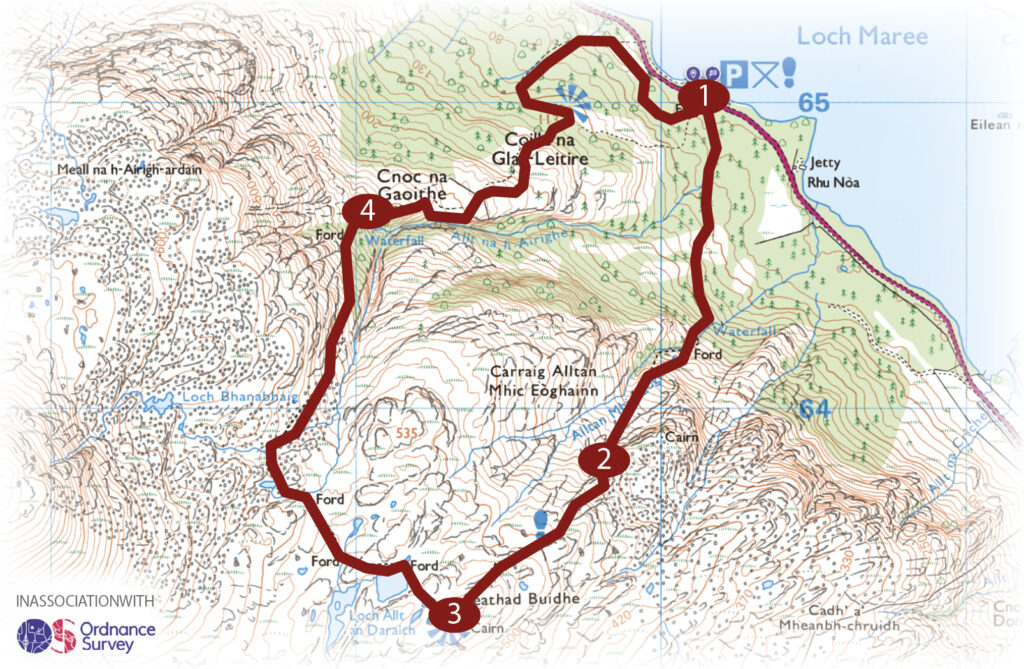WALK: Beinn Eighe NNR, Highland
Majestic Torridon
Leaning over the island-strewn waters of twinkling Loch Maree is Britain’s oldest National Nature Reserve, a sweep of glacier-carved mountains three billion years in the making, says Vivienne Crow



It’s not every day you get to climb a nature trail through ancient forest and over bare rock to enter an exposed, windswept lunar-like landscape of ice-scraped quartzite slabs. It’s not every day you get to walk in the company of golden eagles, white-tailed eagles, red deer and, if you’re very lucky, pine martens and Scottish wildcats.
But then, it’s not every day you get to visit Torridon’s Beinn Eighe, Britain’s oldest and one of its highest National Nature Reserves. This is a land of superlatives, as hikers discover on the ‘Mountain Trail’ that climbs to 560m on its northeastern flanks – Britain’s only waymarked mountain walk.
THE ROUTE
4 MILES/6.5KM | 3.5 HOURS | MODERATE

1 GREY SLOPE
Walk through the underpass from the Coille na Glas-Leitire car park beside Loch Maree on the A832. Keep left, ignoring the bridge.
The path begins climbing through Coille na Glas Leitire, ‘Wood of the Grey Slope’. The Scots pines – one of Britain’s three native conifers – that dominate have existed here for eight millennia. That seems like a long time until you are confronted by the giants of Torridon. The base of these mountains is made up of Lewisian gneiss which, at three billion years old, is some of the oldest metamorphic rock to be found on Earth.
2 TRUMPET ROCK
After a steep and rough climb, watch for a sharp left bend at the ‘Trumpet Rock’. Although the trail is well constructed – with steps carved out of the bare rock – you need to watch your feet and keep your eyes peeled for the waymarker cairns amid all the shattered boulders. A second left bend higher up where the path ascends a quartz crag is easy to miss.
You’re now entering a zone on the mountain that hosts ground-hugging flora usually confined to Arctic tundra; plants such as bearberry, dwarf willow and alpine clubmoss.
3 CONSERVATION CAIRN
When you reach the ‘Conservation Cairn’, the trail’s highest point, there’s a sense of being totally immersed in the mountains. Dazzling quartzitecrowned summits loom magisterially and screecovered ridges reach out to the distant sea.
The trail continues past sparkling lochans and begins descending with views across Loch Maree to the distinctive peak of Slioch. Named cairns continue to lead the way, each with a story to tell, including the ‘Ice Age’ cairn where a passing glacier has scratched its mark into the quartzite.
4 DOWN TO MAREE
Back in the pine and birch woods, go left at a path junction. The calls of the cuckoos and warblers can be heard in spring, while primroses and bluebells return colour to the woodland floor.
Keep left on nearing the road, crossing the bridge seen at the start to re-enter the car park via the underpass. The glorious lochside location makes a great spot for a picnic. Toilets can be found 2.7km southeast, at the visitor centre (open from April to October) near Kinlochewe.
Vivienne Crow is a writer and photographer who specialises in travel and the outdoors.